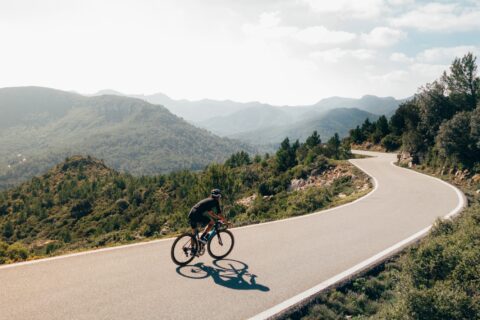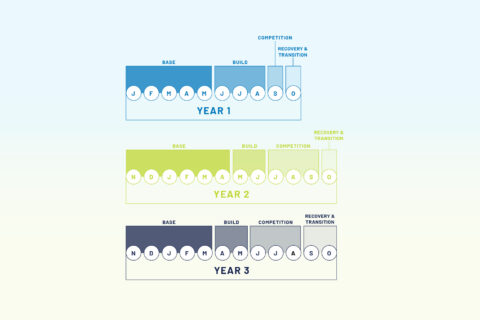Get the right mix of intensity at the right time and polarized training pays off. Take a disciplined approach for best results.
Get the right mix of intensity at the right time and polarized training pays off. Take a disciplined approach for best results.





